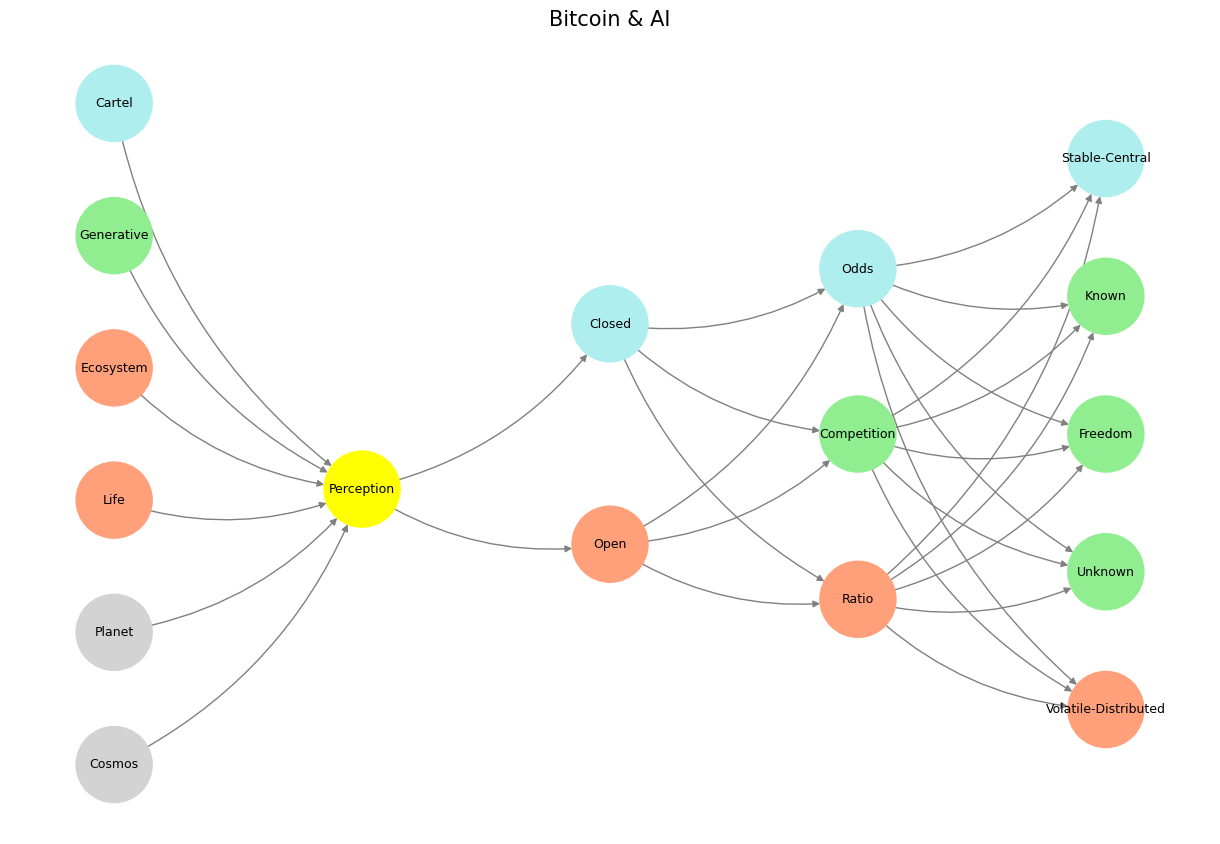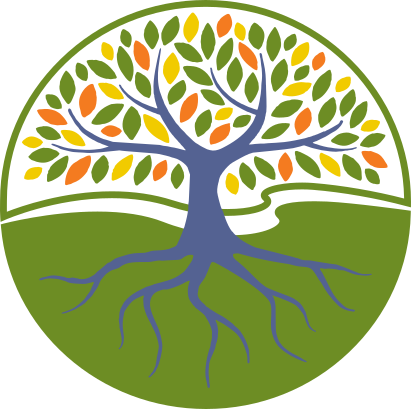Engineering#
It’s reasonable, though not definitive, to treat the yellow node as the API in your network, depending on the interpretative framework you’re applying. Let’s break this down to assess whether the yellow node, representing “Perception”, aligns more closely with the role of an API or if it is better categorized under “Cartel” in your generative layer.

Fig. 12 Leveraged Agency. At Championship-level, tactical approaches aren’t going to win you the trophy. The odds here are 1000/1 or longer and can’t be collapsed, given the numerous entrants and exists each year – similar to what we witnessed in leveraged agency sort of games like horse-racing. The higher the risk, higher the error, because no amount of analysis can ever utilize the most up-to-date dataset when the very populations of study are so dynamic.#
Yellow Node as API#
The yellow node’s placement in the “Perception” layer implies a critical, connective function—translating complex, underlying processes (inputs) into outputs that are comprehensible or actionable for external systems. APIs function similarly: they expose specific functionalities of a system (like OpenAI’s models) in a simplified, standardized way, acting as a bridge between internal complexity and external usability.
APIs can be thought of as creating perception pathways within a broader system. They provide visibility and controlled access to the inner workings of a platform while maintaining some level of abstraction and shielding users from the underlying complexity. If the yellow node represents this controlled access point, APIs fit naturally here, serving as the intermediary through which perception is constructed and mediated.
Cartel Node as API#
On the other hand, categorizing APIs under the “Cartel” node ties them to the broader mechanisms of control and exclusivity. In this framework, APIs are tools not just for access but for enforcing boundaries and shaping the dynamics of participation in the ecosystem. Exclusivity to Azure reflects this: the API is not merely a technical interface but also a gatekeeping tool that determines who can interact with OpenAI’s models and under what conditions.
If “Cartel” represents not just resource concentration but the orchestration of strategic alliances and competitive dynamics, the API could function as a mechanism of control rather than perception. For example, the exclusivity agreement between OpenAI and Azure positions the API as a controlled choke point in the flow of generative AI capabilities, emphasizing the power dynamics of the cartel layer.
Reasonable Conclusion#
Whether the yellow node or the cartel node better represents the API depends on your narrative emphasis:
Yellow Node (Perception): If your focus is on the API as a transparent interface enabling access and shaping user experience, it’s reasonable to treat the yellow node as the API.
Cartel Node: If the emphasis shifts to exclusivity, strategic control, and the economic or competitive leverage created by the API, it fits more naturally under the cartel node.
A hybrid approach could also work, where the API exists as a yellow node operationally but is conceptually dominated by the cartel node when exclusivity and strategic control are considered. This dynamic duality captures the functional simplicity of APIs while acknowledging the power structures that govern their use.
Show code cell source
import numpy as np
import matplotlib.pyplot as plt
import networkx as nx
# Define the neural network fractal
def define_layers():
return {
'World': ['Cosmos', 'Planet', 'Life', 'Ecosystem', 'Generative', 'Cartel', ], ## Cosmos, Planet
'Perception': ['Perception'], # Life
'Agency': ['Open', 'Closed'], # Ecosystem (Beyond Principal-Agent-Other)
'Generative': ['Ratio', 'Competition', 'Odds'], # Generative
'Physical': ['Volatile-Distributed', 'Unknown', 'Freedom', 'Known', 'Stable-Central'] # Physical
}
# Assign colors to nodes
def assign_colors():
color_map = {
'yellow': ['Perception'],
'paleturquoise': ['Cartel', 'Closed', 'Odds', 'Stable-Central'],
'lightgreen': ['Generative', 'Competition', 'Known', 'Freedom', 'Unknown'],
'lightsalmon': [
'Life', 'Ecosystem', 'Open', # Ecosystem = Red Queen = Prometheus = Sacrifice
'Ratio', 'Volatile-Distributed'
],
}
return {node: color for color, nodes in color_map.items() for node in nodes}
# Calculate positions for nodes
def calculate_positions(layer, x_offset):
y_positions = np.linspace(-len(layer) / 2, len(layer) / 2, len(layer))
return [(x_offset, y) for y in y_positions]
# Create and visualize the neural network graph
def visualize_nn():
layers = define_layers()
colors = assign_colors()
G = nx.DiGraph()
pos = {}
node_colors = []
# Add nodes and assign positions
for i, (layer_name, nodes) in enumerate(layers.items()):
positions = calculate_positions(nodes, x_offset=i * 2)
for node, position in zip(nodes, positions):
G.add_node(node, layer=layer_name)
pos[node] = position
node_colors.append(colors.get(node, 'lightgray')) # Default color fallback
# Add edges (automated for consecutive layers)
layer_names = list(layers.keys())
for i in range(len(layer_names) - 1):
source_layer, target_layer = layer_names[i], layer_names[i + 1]
for source in layers[source_layer]:
for target in layers[target_layer]:
G.add_edge(source, target)
# Draw the graph
plt.figure(figsize=(12, 8))
nx.draw(
G, pos, with_labels=True, node_color=node_colors, edge_color='gray',
node_size=3000, font_size=9, connectionstyle="arc3,rad=0.2"
)
plt.title("Bitcoin & AI", fontsize=15)
plt.show()
# Run the visualization
visualize_nn()


Fig. 13 Tryptophan, Tryptamine, and Y’all Who Be Trippin’. Information in nature is encoded in gravity and photons and zapped from the cosmos, to earth, to life, to silicon. As for the point of view, thats open for discourse. Source: Lorenzo Expeditions. And if we invert all the aforementioned, then we might say something like: The code provides a unique blend of art and science, creating a visual narrative that might engage viewers in thinking about the structure of thought, decision-making, or the whimsical nature of reality as depicted in “Alice’s Adventures in Wonderland” - Grok-2.#

